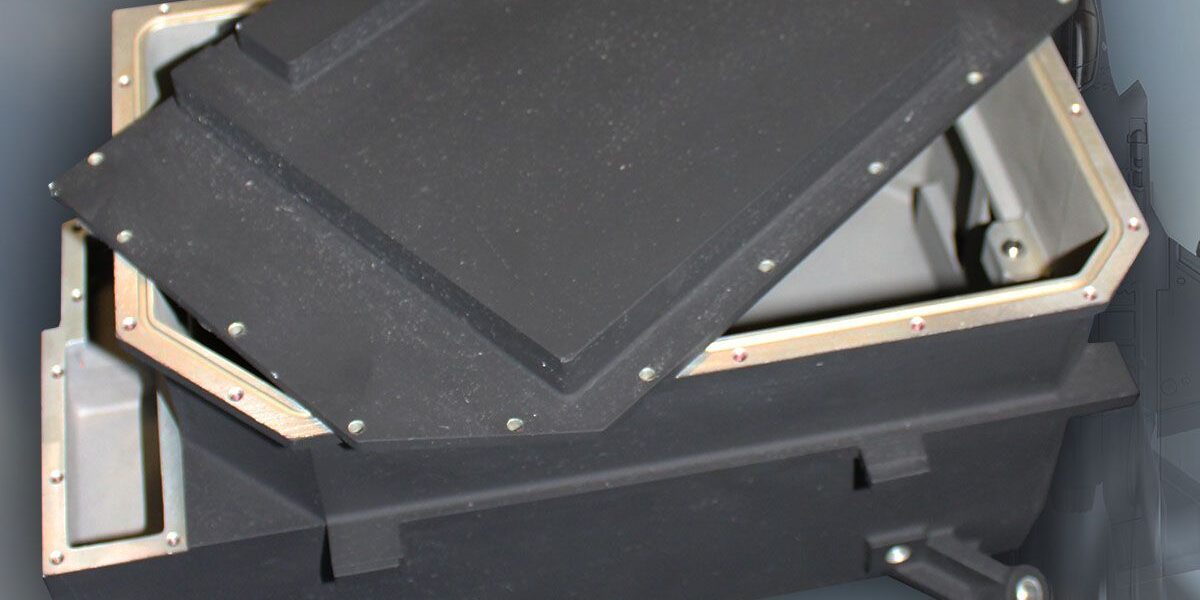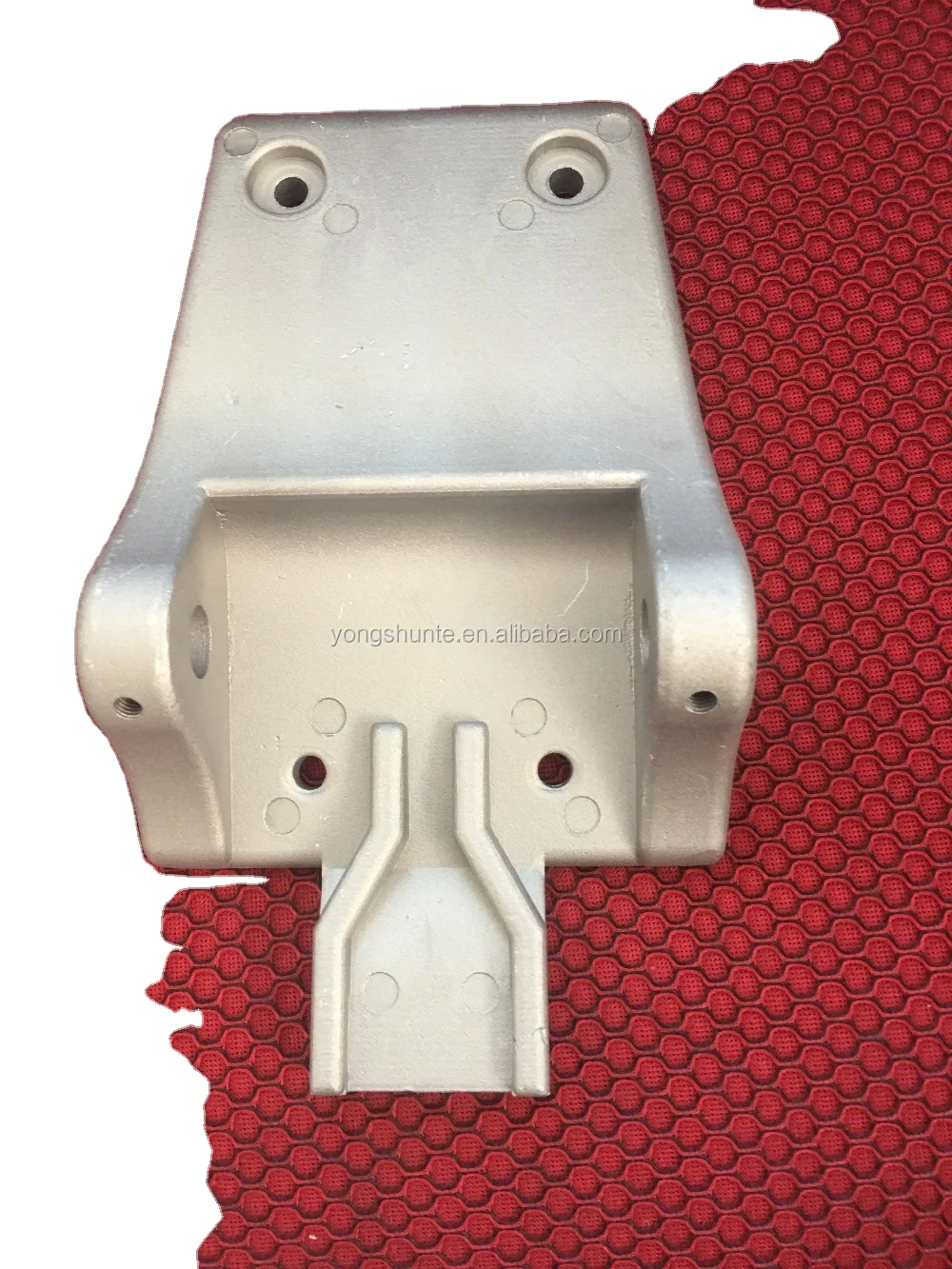Tips for selecting a trusted Aluminum Casting Company with expertise
Understanding the Ecological Advantages of Light Weight Aluminum Factory Techniques
Aluminum foundry methods play an important function in progressing sustainability within the production industry. By implementing advanced recycling methods and energy-efficient techniques, these techniques significantly minimize waste and carbon footprints. Cutting-edge spreading approaches further improve source conservation efforts. As markets significantly prioritize ecological obligation, understanding the full influence of these methods ends up being essential. What particular developments are blazing a trail in this transformation?
The Function of Light Weight Aluminum in Sustainable Manufacturing
Many materials contribute to lasting production, aluminum stands out due to its one-of-a-kind properties and recyclability. This light-weight steel is not only sturdy but additionally has excellent deterioration resistance, making it an excellent selection for different applications, from vehicle to building. Its high strength-to-weight proportion causes energy savings during transportation and usage. Aluminum can be recycled forever without losing its fundamental high qualities, promoting a circular economy.
The manufacturing process of light weight aluminum has progressed, including energy-efficient approaches that decrease carbon impacts. By making use of renewable energy resources, suppliers are significantly lessening the ecological impact connected with aluminum production. Furthermore, making use of recycled aluminum calls for significantly much less energy contrasted to drawing out and improving primary light weight aluminum, bring about reduced greenhouse gas exhausts. As industries seek lasting remedies, light weight aluminum's adaptability and environment-friendly qualities placement it as a crucial material in the search of greener manufacturing methods.
Advanced Recycling Techniques in Light Weight Aluminum Foundries
Advanced recycling strategies in aluminum foundries are revolutionizing the way scrap light weight aluminum is refined and reused. Innovative methods, such as closed-loop recycling systems, make it possible for shops to reclaim aluminum from manufacturing waste and obsolete products effectively. These systems lessen material loss and improve the high quality of recycled aluminum, making it a feasible alternative to primary aluminum production.
In addition, advanced arranging innovations, consisting of automated optical sorting and X-ray fluorescence, improve the splitting up of light weight aluminum from various other materials, ensuring greater purity degrees in recycled outcomes. This accuracy minimizes contamination, which can endanger the honesty of the end product.
The integration of advanced melting modern technologies, such as induction melting and energy-efficient heating systems, improves the reusing procedure, decreasing power usage. Collectively, these advancements contribute to a much more lasting light weight aluminum sector by reducing dependence on virgin materials and lowering greenhouse gas discharges connected with aluminum manufacturing.
Power Efficiency Improvements in Shop Operations
Power efficiency enhancements in aluminum foundry operations can substantially boost sustainability practices. Executing waste heat healing systems enables shops to repurpose excess power, reducing overall energy consumption. Furthermore, improvements in process automation simplify operations, resulting in lowered waste and enhanced source use.
Waste Warmth Recuperation
Executing waste warm recovery systems in aluminum factories significantly improves power efficiency by capturing and recycling excess thermal energy created throughout manufacturing procedures. These systems facilitate the conversion of lost warm into useful power, which can be used for numerous applications within the factory, such as preheating materials or powering devices. By recuperating warm that would or else be removed right into the atmosphere, shops can markedly decrease their overall energy consumption and greenhouse gas discharges. This method not only lowers functional expenses yet likewise advertises lasting practices within the market. Furthermore, the fostering of waste heat healing modern technologies lines up with governing criteria targeted at lowering ecological effect, making it a necessary part of modern-day aluminum foundry operations.
Refine Automation Benefits
Automating procedures in aluminum shops can substantially enhance energy efficiency by maximizing manufacturing process and reducing waste. By executing sophisticated technologies such as robotics and artificial intelligence, foundries can simplify procedures, lessening unneeded energy consumption. Automated systems help with specific control over temperature and material handling, guaranteeing that energy is made use of only when required. Furthermore, real-time monitoring permits instant adjustments, minimizing the risk of power loss. The combination of automation not only boosts performance however additionally lowers operational expenses, making foundries a lot more competitive. Consequently, these energy-efficient practices add substantially to sustainability objectives, lowering the environmental footprint of aluminum production while satisfying increasing market needs - Precision aluminum casting. Enhanced power effectiveness through automation stands for a crucial step towards greener foundry procedures
Lowering Waste Via Cutting-edge Casting Approaches
Innovative spreading techniques play an essential duty in decreasing waste in aluminum shops. Techniques such as innovative molding and the usage of recyclable materials considerably minimize manufacturing scrap. These practices not only improve performance yet also add to a more lasting manufacturing procedure.
Advanced Molding Techniques
As markets significantly prioritize sustainability, progressed molding techniques in light weight aluminum shops become Click Here efficient options for reducing waste. These cutting-edge approaches, such as 3D printing and precision mold production, substantially enhance the effectiveness of the casting procedure. By making use of computer-aided layout (CAD) and simulation modern technologies, makers can enhance mold and mildew geometry, decreasing product usage while keeping item integrity. Additionally, advanced techniques allow the manufacturing of complicated forms that traditional techniques can not accomplish, decreasing the requirement for added machining and thus decreasing scrap product. The versatility of these techniques enables rapid prototyping, more decreasing preparations and energy intake. On the whole, the implementation of innovative molding strategies represents a crucial step toward eco liable aluminum manufacturing, straightening with global sustainability goals.
Recyclable Material Utilization
Recyclable products play an essential role in minimizing waste within aluminum factories, changing the spreading landscape through their efficient utilization. By including scrap light weight aluminum and other recyclable elements into the manufacturing process, factories can considerably lower the need for virgin materials. This not only saves natural deposits however likewise reduces energy consumption linked with mining and refining. Cutting-edge casting techniques, such as die spreading and sand spreading, permit seamless combination of these materials, making certain top quality results. The usage of recyclable materials promotes a round economic situation, where sources are continuously reused and repurposed, minimizing landfill contributions. Eventually, the critical use of recyclables enhances sustainability while advertising cost-effectiveness in aluminum factory operations.
Decreasing Manufacturing Scrap

Life Cycle Evaluation of Aluminum Products
Aluminum is extensively acknowledged for its light-weight and durable residential or commercial properties, an extensive Life Cycle Assessment (LCA) discloses the environmental impacts connected with its disposal, production, and use. The LCA process takes a look at the energy intake, greenhouse gas discharges, and source deficiency linked to light weight aluminum products from extraction of bauxite ore to end-of-life administration. Key light weight aluminum manufacturing is energy-intensive, frequently depending on nonrenewable fuel sources, which adds substantially to carbon footprints. On the other hand, reusing aluminum provides substantial environmental advantages, as it makes use of only a fraction of the energy needed for primary production. The reusing procedure minimizes land fill waste and conserves all-natural sources. The LCA additionally considers the product's longevity and capacity for reuse, highlighting the relevance of lasting style. Overall, understanding the life process impacts of light weight aluminum items is crucial for making informed choices that focus on ecological sustainability within the sector.
Situation Studies: Effective Sustainable Practices in the Industry
The light weight aluminum sector has started to welcome ingenious lasting methods that attend to the environmental obstacles determined in Life Cycle Assessments. One notable case is a leading factory that carried out a closed-loop recycling system, significantly minimizing waste and energy consumption. By recycling scrap light weight aluminum in production, the center achieved a 40% reduction in its carbon footprint.
One more example entails a producer that took on renewable resource resources, powering its procedures with solar and wind energy - aluminum casting. This shift not just reduced greenhouse gas emissions yet also boosted the business's online reputation among environmentally mindful customers
Additionally, a third factory has invested in innovative casting strategies, which maximize material use and minimize defects, further decreasing resource intake. These study highlight that the light weight aluminum market can integrating lasting practices, showing both environmental responsibility and economic viability, ultimately contributing to an important site extra sustainable future.
Regularly Asked Concerns
How Does Light weight aluminum Compare to Various Other Steels in Sustainability?
Aluminum is usually thought about extra sustainable than several metals due to its recyclability, lower power requirements for production, and reduced ecological impact. Its lifecycle effectiveness surpasses that of steel and copper in various applications.
What Is the Carbon Impact of Aluminum Foundry Processes?
The carbon footprint of aluminum factory processes differs, typically varying from 4 to 15 metric bunches of CO2 per lots of light weight aluminum produced. Factors influencing this include energy sources, innovation, and the performance of procedures.
Exist Health And Wellness Risks Related To Aluminum Foundry Procedures?

What Are the Costs Connected With Sustainable Light Weight Aluminum Techniques?
The costs connected with sustainable aluminum strategies include greater initial financial investments in innovation, possible boosts in functional expenditures, and continuous upkeep. These are usually countered by lasting financial savings and decreased ecological impact.

Exactly How Does Light Weight Aluminum Recycling Influence Resident Communities?
Light weight aluminum reusing positively influences neighborhood communities by creating jobs, decreasing garbage dump waste, and reducing power prices. It cultivates financial development and advertises ecological stewardship, resulting in much healthier living problems and boosted neighborhood involvement in sustainability campaigns.
In addition, the usage of recycled light weight aluminum calls for substantially much less power contrasted to drawing out and improving primary aluminum, leading to lower greenhouse gas exhausts. Advanced reusing strategies in aluminum shops are changing the means scrap light weight aluminum is refined and recycled. Precision aluminum casting. Implementing waste heat recuperation systems in light weight aluminum shops considerably improves energy performance by catching and reusing excess thermal energy created during production processes. Automating procedures in light weight aluminum shops can greatly improve power effectiveness by optimizing production workflows and reducing waste. The carbon impact of light weight aluminum foundry procedures varies, commonly varying from 4 to 15 metric heaps of Carbon dioxide per heap of aluminum generated